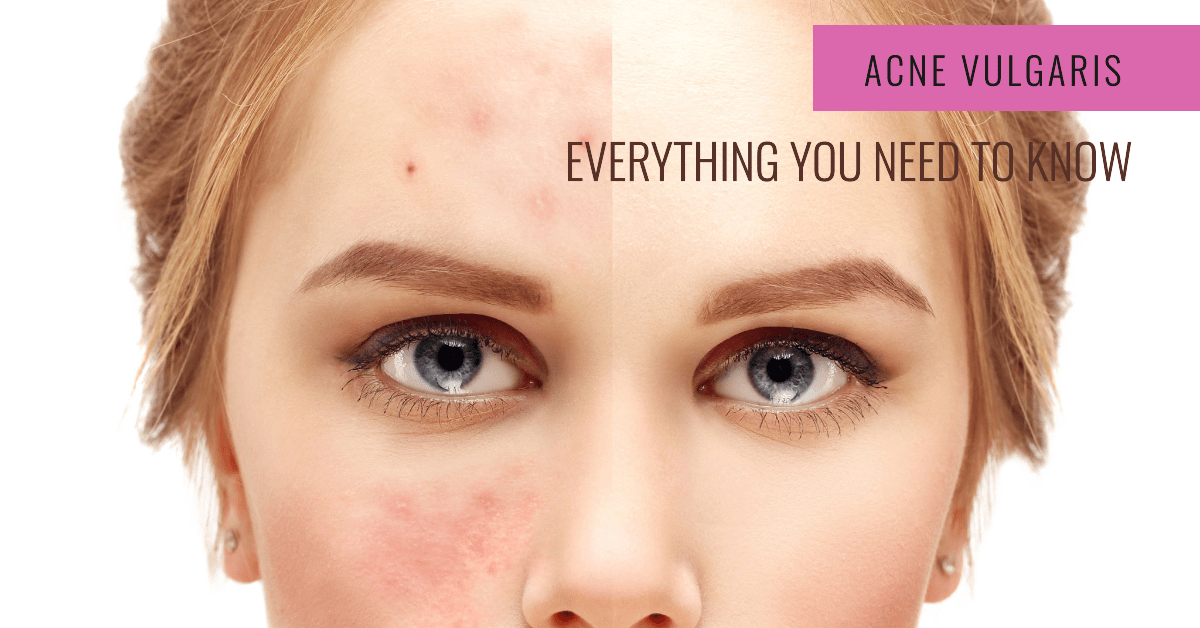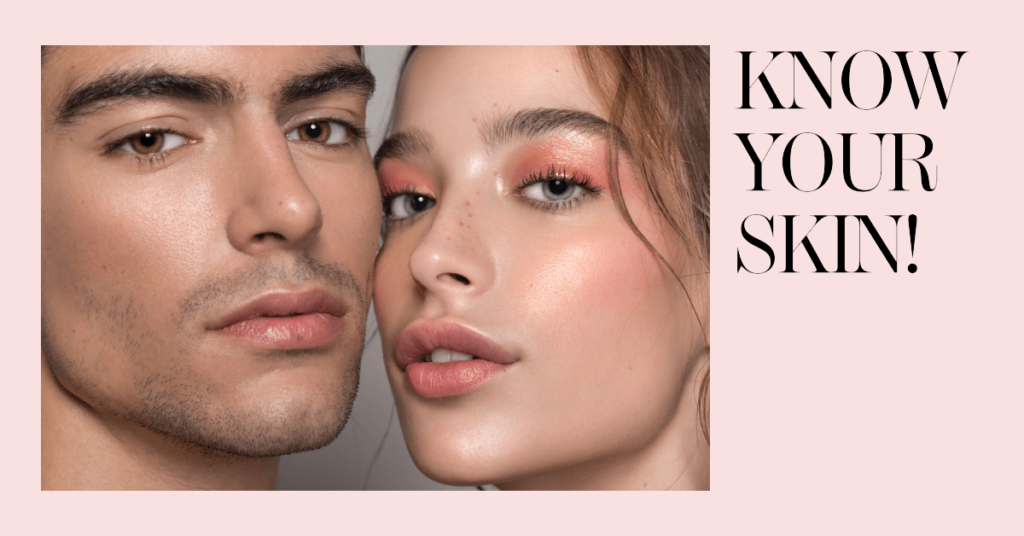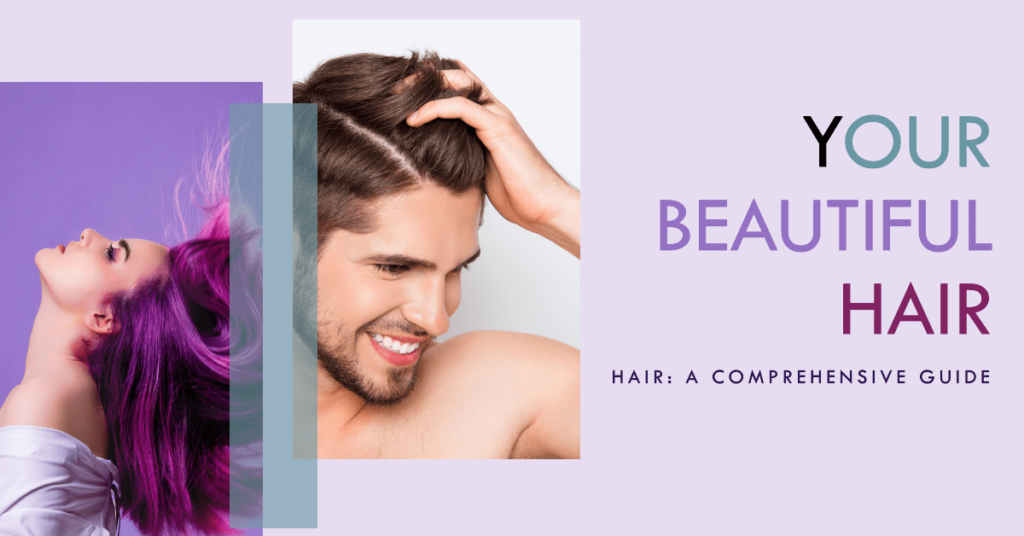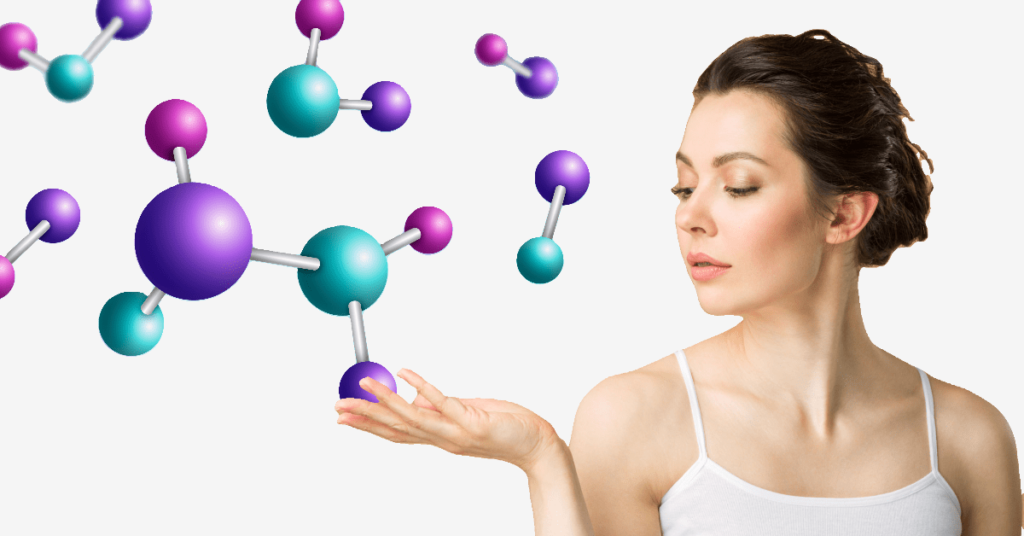Acne Vulgaris, commonly known as Acne, is a skin condition, prevalent mainly in adolescence but may affect any one at any age. People with oily skin are more prone to acne, because their body produces more sebum than necessary which clogs their skin pores, leading to acne of any type i.e. comedonal, inflammatory or hormonal etc.
Context and Brief Introduction to Acne Vulgaris
Acne, also known as acne vulgaris, is one of the most common skin conditions that affects millions of people worldwide, regardless of your age, gender, or ethnicity etc. It occurs when hair follicles become clogged with oil and dead skin cells, leading to the formation of pimples, blackheads, and whiteheads.
While it is most common in teenagers, it can appear on any skin, at any age, in any environment despite of how well you maintain your personal hygiene. Yes! Practicing good personal hygiene has nothing to do with the occurrence of acne.
It is important to treat acne as they appear, however if left untouched, and uncared for, acne can leave behind permanent scars or hyperpigmentation, even worse it can leave a significant impact on your self-esteem and the quality of your life.
Root Causes & Possible Factors Affecting Acne
Not only your age, genetics or hormonal change, but many factors can cause acne to occur. Now, before going into deeper reasoning of why acne are formed and what causes them to appear, it’s preferred and advisable that you have basic knowledge of The Skin Structure and Functions of Skin. Having fundamental knowledge of skin as prerequisite, can help you better understand various aspects we are going to talk about as we move forward.
Having researched extensively, I’ve shared and summarized the most essential factors which may have direct impact on occurrence of acne. Here are six of them.
- Excess Sebum Production: Overproduction of sebum, an oily substance produced by the skin’s sebaceous glands, can clog pores and contribute to acne formation.
Quick Guide: Sebum is a substance that is produced by your skin and it’s responsible for defining which skin type you have. Overproduction leads to an oily skin and underproduction leads to a dry skin. Read more on this in our Recently Published Article.
- Bacterial Overgrowth: Propionibacterium acnes (P. acnes), a type of bacteria that resides on the skin, can multiply within clogged pores, leading to inflammation and acne lesions. The growth of this bacteria is also a direct result of overproduction of sebum and its accumulation within the skin pores, leading to clogging.
Quick Guide: This bacterium grows in an anaerobic environment i.e. low oxygen. Clogging of pores by sebum creates such an environment therefore, the growth of P. Acnes.
- Hormonal Imbalance: Fluctuations in hormone levels, particularly during puberty, menstruation, pregnancy, and menopause, can stimulate sebum production and exacerbate acne.
Well, it’s all about Sebum, one way or the other, everything comes back to overproduction of sebum. Not really, though.
Quick Guide: Androgens, AKA sex hormones, mainly responsible for introducing reproductive functions & features in both men and women. During puberty, this hormone is produced by your body which further stimulates sebum production and therefore the acne. Well.. I was wrong. It’s always about SEBUM.
- Genetics: Family history plays a significant role in determining an individual’s susceptibility to acne. People with a family history of acne are more likely to develop the condition themselves.
Umm.. Well, what can you do about it. If you were born there, you were born there. Acne will come and go but parents are for life.
- Dietary Factors: While research on the link between diet and acne is ongoing, some studies suggest that certain foods, such as high-glycemic-index carbohydrates and dairy products, may worsen acne symptoms in some individuals.
Let’s wait a bit longer until more research on the topics is done, then we’ll go deeper into this factor.
- Stress: During stress, cortisol, also known as stress hormone, is released from your body, which interferes with sebaceous gland activity, a gland responsible for producing sebum, and this activity leads to overproduction of sebum and Boom!! You have acne vulgaris.
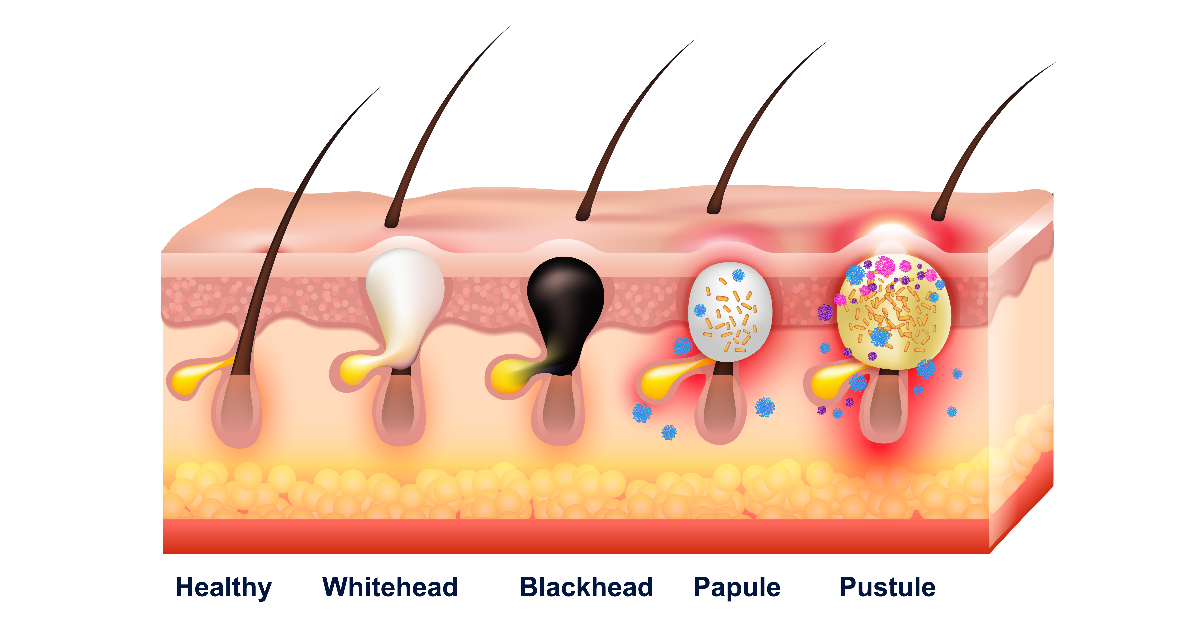
Types of Acne Vulgaris, Cause, Suggestive Treatment & Prevention
These acne can be classified into mainly four types, each having different symptoms and each requires a different treatment. Below, I’ve explained each type in great detail and provided causes along with suggestive treatment or prevention.
1. Comedonal Acne Vulgaris:
Comedonal acne is characterized by the presence of comedones, which are non-inflammatory lesions that occur when hair follicles become clogged with oil, dead skin cells, and bacteria. There are generally two types of comedonal acne.
- Open Comedones (Blackheads): Open comedones appear as small, dark bumps on the skin’s surface. The dark coloration is due to the oxidation of melanin (skin pigment) when exposed to air. These are also known as blackheads.
- Closed Comedones (Whiteheads): Closed comedones are similar to blackheads but have a white or flesh-colored appearance. They occur when the follicle opening is blocked by a thin layer of skin, preventing oxidation of sebum.
Causes: Excess sebum production, hormonal fluctuations, and inadequate exfoliation can contribute to the formation of comedonal acne.
Treatment: Topical treatments containing ingredients such as retinoids, salicylic acid, or benzoyl peroxide, can help you unclog pores and prevent the formation of comedones. Regular exfoliation with gentle scrubs or chemical exfoliants can also be beneficial.
2. Inflammatory Acne Vulgaris:
Inflammatory acne involves redness, swelling, and inflammation of the skin which may be a result of the presence of bacteria and immune system response. It includes several subtypes:
- Papules: Small, red bumps that may be tender to the touch.
- Pustules: Pus-filled lesions characterized by a white or yellow center.
- Nodules: Large, painful lumps underneath the skin’s surface.
- Cysts: Deep, pus-filled lesions that can cause scarring.
Causes: Inflammatory acne can result from bacterial overgrowth (such as Propionibacterium acnes), hormonal imbalances, and genetic predisposition.
Treatment: Topical and oral medications, including antibiotics, retinoids, and isotretinoin, may be prescribed to reduce inflammation and control bacterial growth. In severe cases, intralesional corticosteroid injections or procedural interventions such as drainage or extraction may be necessary.
3. Hormonal Acne Vulgaris:
Hormonal acne is often associated with hormonal fluctuations, particularly during puberty, menstruation, pregnancy, and menopause. It typically manifests as deep, cystic lesions along the jawline, chin, and cheeks.
Causes: Hormonal acne is triggered by an increase in androgen hormones, such as testosterone, which stimulates sebum production and promotes the development of acne lesions.
Treatment: Hormonal acne may respond to oral contraceptives (birth control pills) or anti-androgen medications that help regulate hormone levels. Topical treatments and lifestyle modifications, such as stress management and dietary changes, may also be beneficial.
4. Acne Rosacea Vulgaris:
Acne rosacea is a chronic inflammatory skin condition characterized by facial redness, flushing, visible blood vessels, and acne-like papules and pustules. It typically affects adults between the ages of 30 and 50, particularly those with fair skin.
Causes: There isn’t enough supporting evidence & research of the cause of this type of acne, but factors such as genetics, abnormal immune response, and environmental triggers (such as sunlight, heat, alcohol, and spicy foods) may contribute to its development.
Treatment: Treatment for acne rosacea may include topical and oral medications, such as antibiotics, azelaic acid, or anti-inflammatory agents. Lifestyle modifications, including sun protection, avoidance of triggers, and gentle skincare practices, can also help manage symptoms.
Conclusion
Understanding different types of acne and the root cause is essential for effective treatment and management. While home remedies and over-the-counter remedies may suffice for mild cases, severe or persistent acne may require prescription medications or dermatological interventions.
It’s important to consult a healthcare professional for personalized recommendations based on individual skin type, severity of acne, and underlying causes. With proper care and treatment, most types of acne can be effectively controlled, leading to clearer, healthier skin and improved quality of life.
Finally, I’d love to hear from you on the feedback and the suggestions for this article. Reach out to us through our contact page.
